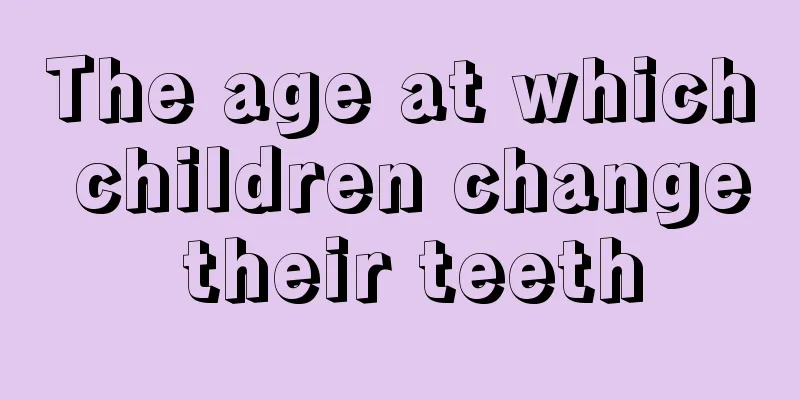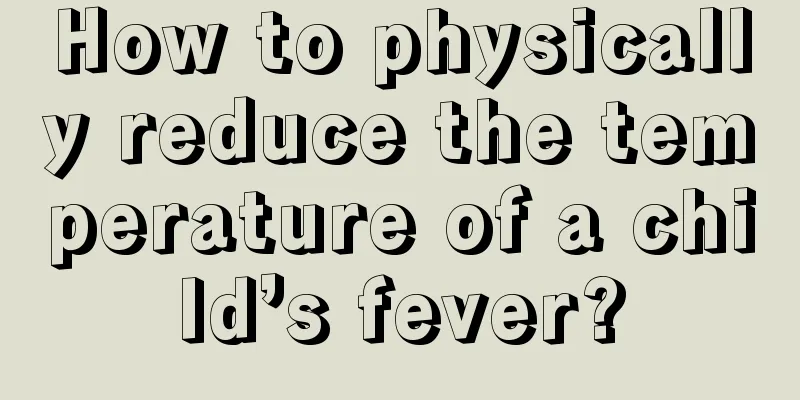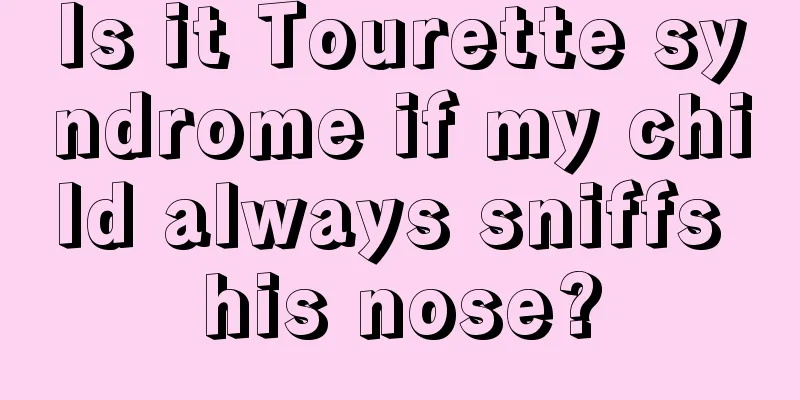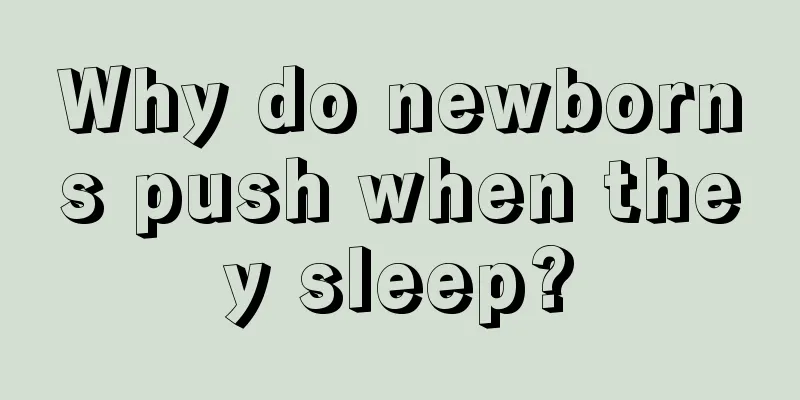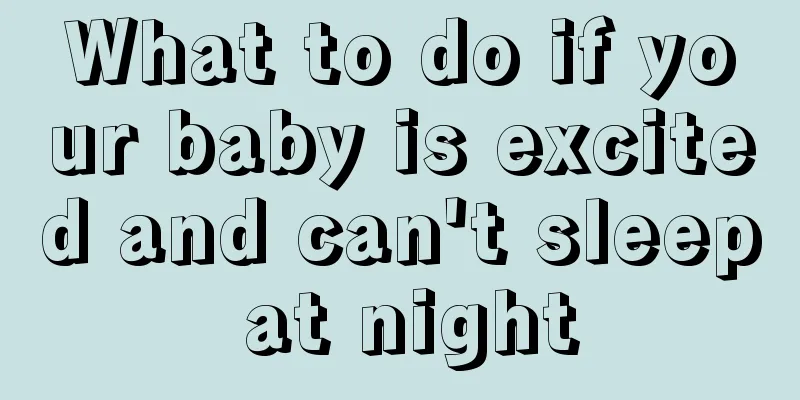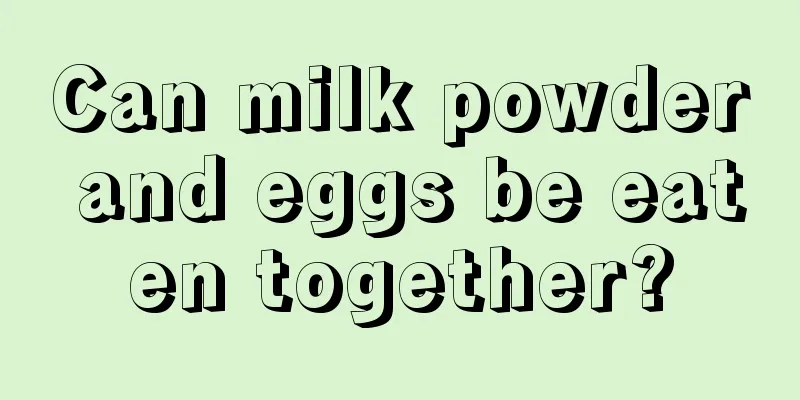What are the symptoms of febrile seizures in children?
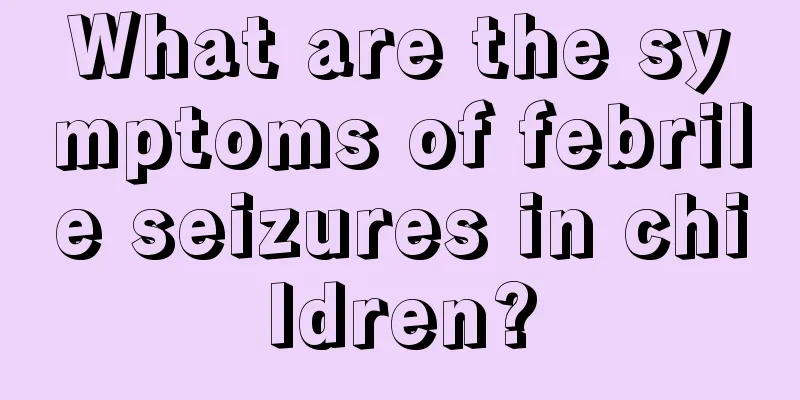
|
Febrile convulsions are a disease that mainly occurs in children. The most common cause is respiratory tract infection, but there are also many other infectious diseases. Children are relatively weak and have poor resistance, so they are prone to infection. When the infection causes inflammation, the body will also have a high fever, which can lead to convulsions, so it is called febrile convulsions. Children with febrile convulsions will be accompanied by the following symptoms. Symptoms of febrile seizures in children: Febrile convulsion, or febrile convulsion, commonly known as "convulsion", refers to a sudden rise in body temperature caused by the movement of the cerebral cortex and a large number of abnormal discharges of nerve cells, resulting in temporary involuntary contraction of the whole body or local muscles, accompanied by impaired consciousness. So, what are the symptoms of febrile convulsions in children? A few people may have signs before a febrile convulsion occurs, such as extreme irritability, mental tension, frightened expression, sudden change in complexion; sudden rapid, irregular or stopped breathing, etc. (Newborns should pay special attention to this, otherwise it will cause serious brain damage). In most cases, when the body temperature rises suddenly at the beginning of a fever, due to the incomplete development of the motor neurons in the cerebral cortex, abnormal discharges and over-excitement of neurons occur, resulting in paroxysmal or transient brain dysfunction, often accompanied by impaired consciousness, and symptoms of autonomic nervous system abnormalities in sensation and behavior may also occur. Typical clinical manifestations often include sudden loss of consciousness or falling, brief involuntary twitching of the limbs, trunk and facial skeletal muscles, irregular or paused breathing, accompanied by cyanosis of the lips, fixed or upward eyeballs, staring or squinting, head tilted back or turned to one side, foaming at the mouth, clenched jaws, muscle rigidity, incontinence, which lasts for a few seconds or minutes and most of the time does not exceed 15 minutes. In severe cases, febrile status epilepticus may occur. Febrile seizures last for 30 minutes or recur repeatedly. Those who cannot recover consciousness between seizures are called status epilepticus, which is a critical manifestation of this disease. Most children fall asleep after the convulsion stops, but most wake up quickly after the convulsion and are generally in good condition with no neurological signs. In unilateral or localized convulsions, Todd's palsy may occur. After the convulsion stops, the affected limb will become transiently weak and return to normal within 24 hours. |
<<: What medicine should be used for girls' vulvar itching
>>: What are the symptoms of strep throat in children?
Recommend
What to do if your baby has acute pharyngitis and repeated fever
Because children are young, their bodies are not ...
What to do about malnutrition in children?
A long, long time ago, because medical technology...
The reason why 2-year-old babies grind their teeth at night
Night is the best rest time for our body. The sam...
What to do if your child is allergic to eggs
Eggs are highly nutritious and most people like t...
What should I do if my 3-year-old baby keeps coughing?
Families should not ignore the problem of coughin...
Can baby asthma be cured?
We all know that when children are young, if they...
Children learning to use chopsticks
In our eating habits, chopsticks are a very conve...
What to do if your baby has a lot of phlegm and coughs
In life, newborns are very likely to suffer from ...
What should I do if my child has stomachache?
Our modern lives are becoming more and more afflu...
What to do if your baby has a picky eater
Many parents are troubled by their baby's pic...
What to do if your child has excessive stomach acid and vomits? A few tips can solve the problem
Many organs in children's bodies are not full...
What to do if your baby doesn't drink milk powder after weaning
When the baby reaches a certain age, the mother w...
What are the causes of herpetic pharyngitis in children?
With the rapid development of society, various ac...
Does vulvar adhesion in children require surgery?
The vulva refers to the female reproductive part....
Treatment of spitting up in one-month-old babies
The birth of every new life makes our parents ver...


